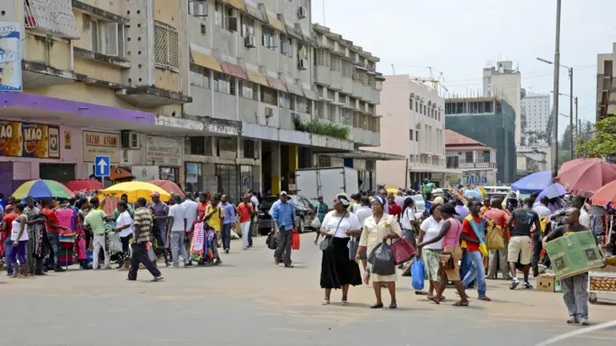Mozambique: More than €134 million from the World Bank for this year's State Budget
Mozambique: Social security hopes to double number of beneficiaries by 2031

File photo: Lusa
Only 14% of the Mozambican population is covered by a pension scheme, according to figures by the government, which aims to reach 19% coverage by 2027 and 27% by 2031.
“Pension coverage in the country is very low. According to demand-side data, 14% of adults belonged to a pension fund in 2022,” reads a report on the National Strategy for Financial Inclusion (ENIF), to be implemented by 2031.
In Mozambique, the document recalls, the state pension scheme is structured into three levels: basic, mandatory, and supplementary social security.
Basic, non-contributory social security provides direct social assistance programs for people in poverty and vulnerability, while mandatory, contributory social security includes schemes for private sector workers, government employees and agents, and the Bank of Mozambique.
This system “aims to guarantee the subsistence of workers in situations of absence or reduced work capacity, and of surviving family members in the event of their death”, the document adds.
Complementary social security involves additional social security benefits or programs implemented alongside the mandatory social security system and includes private pension funds provided by pension fund management companies.
“Initially, the sector was not well developed in the country. However, the Government has been actively working to improve the situation. The National Basic Social Security Strategy 2016-2024 is a significant milestone that has the potential to provide social security to millions of Mozambicans. This strategy demonstrates the Government’s commitment to guaranteeing the right to social security,” the report reads, adding that the development of a mandatory social security strategy “is also underway in Mozambique”.
“This strategy aims to enforce contribution obligations for workers and employers, as well as extend coverage to self-employed workers. However, the National Strategy for Mandatory Social Security is still pending approval,” the National Strategy for Financial Inclusion states.
The same report also states that the National Social Security Institute (INSS) “has begun using exclusively electronic payment methods, through mass transfers and payments through bank accounts” and that, by December 2023, it had “paid 17,005 benefits to beneficiaries, 37,661 old-age pensioners, 1,577 disability pensioners, and 68,321 survivor’s pension payments by electronic means”, primarily through bank transfers.
The National Social Security Institute (INPS), the report also describes, “continues to implement the process of integrating pensioners into the single, centralized pension payment system with the banking system”.
Thus, in September 2021, the number of pensioners paid by the INPS was 218,223, “of whom 95% received their pensions through bank transfers”.
“The challenges of these initiatives include the fact that the elderly have difficulty using technology, coupled with the fact that bank branches and agents are not present in all districts and not all banks are integrated into the system,” the document acknowledges.
It adds that, in terms of digital payments for social security, approximately 17,000 beneficiaries of the National Institute of Social Action (INAS) in urban areas received digital transfers, “following a new mass payment of subsidies to digital mobile wallets” which operate via cell phones, through a pilot project.
While acknowledging “the progress achieved”, the document admits that “challenges remain in achieving widespread social security coverage for the majority of the population in Mozambique”.












Leave a Reply
Be the First to Comment!
You must be logged in to post a comment.
You must be logged in to post a comment.